While making materials samples to pursue their own research goals, scientists at the U.S. Department of Energy’s Ames Laboratory discovered that an unwanted byproduct of their experiments was an extremely high-quality and difficult-to-obtain substance sought after by scientists researching layered materials.
Tag: Physics
Tulane scientist leads study on faster charging energy storage
A Tulane University researcher has led a team in discoveries that could result in significantly faster charging electric vehicles and portable devices such as cell phones and laptops.
Beer Mats Make Bad Frisbees and Why It Matters
Whilst modelling the forces acting upon a thrown beer mat, physicists discover why flat discs have such poor flight potential.

2021 AIP Helleman Fellows to Study Intercellular Communication, History of String Theory, Dark Matter
AIP’s Center for History of Physics selects Robert van Leeuwen, Pepijn Moerman, and Jaco de Swart as the recipients of the 2021 AIP Robert H.G. Helleman Memorial Fellowships. The fellowships are made possible by a gift from Robert H.G. Helleman to establish an endowment for supporting young physicists with Dutch citizenship in their pursuit of research activities in physics in the United States.
Travis Sjostrom Honored for Excellence in Plasma Physics Research
Los Alamos scientist Travis Sjostrom has been selected for a 2021 John Dawson Award for Excellence in Plasma Physics Research from the American Physical Society (APS).
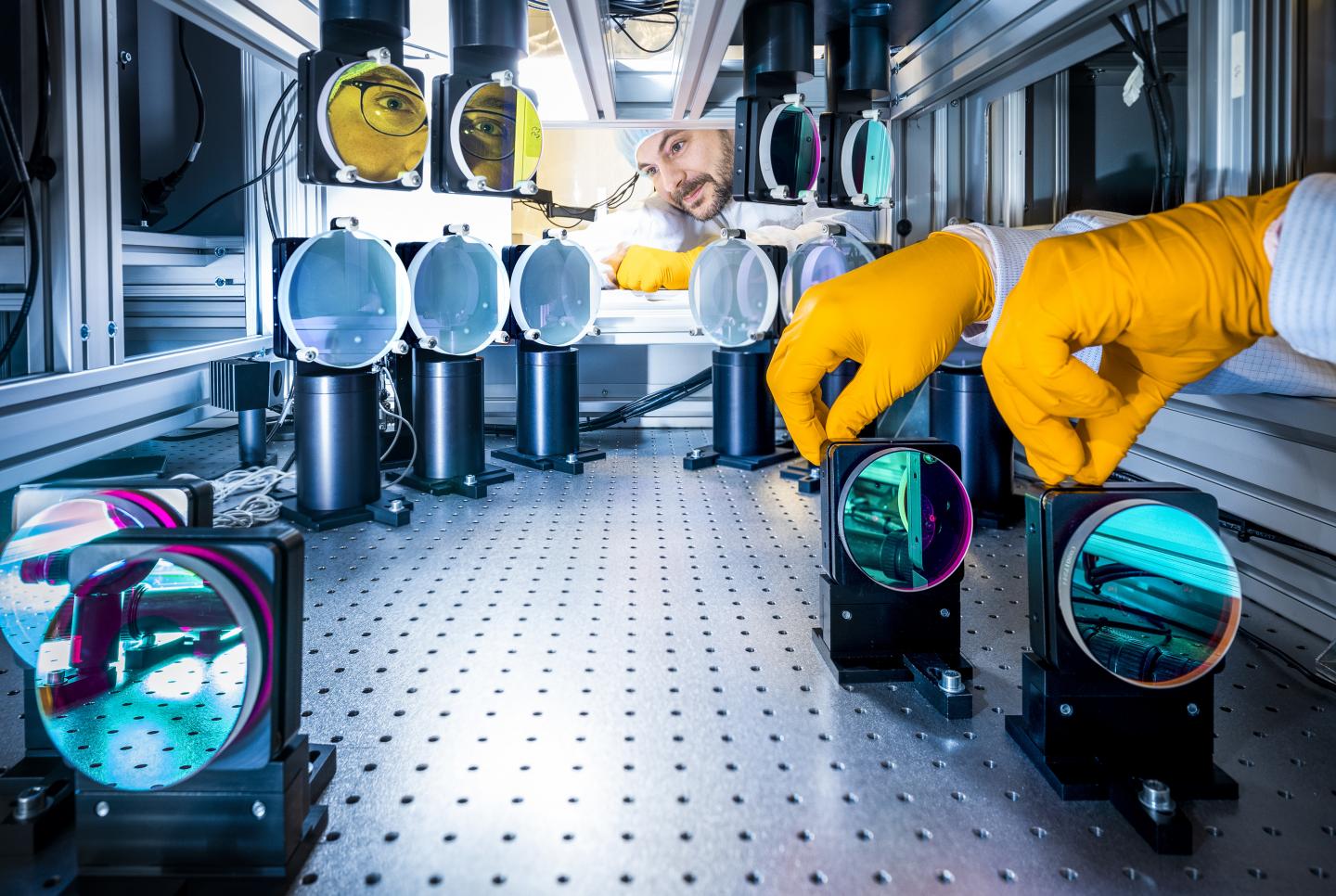
Antimatter From Laser Pincers
In the depths of space, there are celestial bodies where extreme conditions prevail: Rapidly rotating neutron stars generate super-strong magnetic fields.
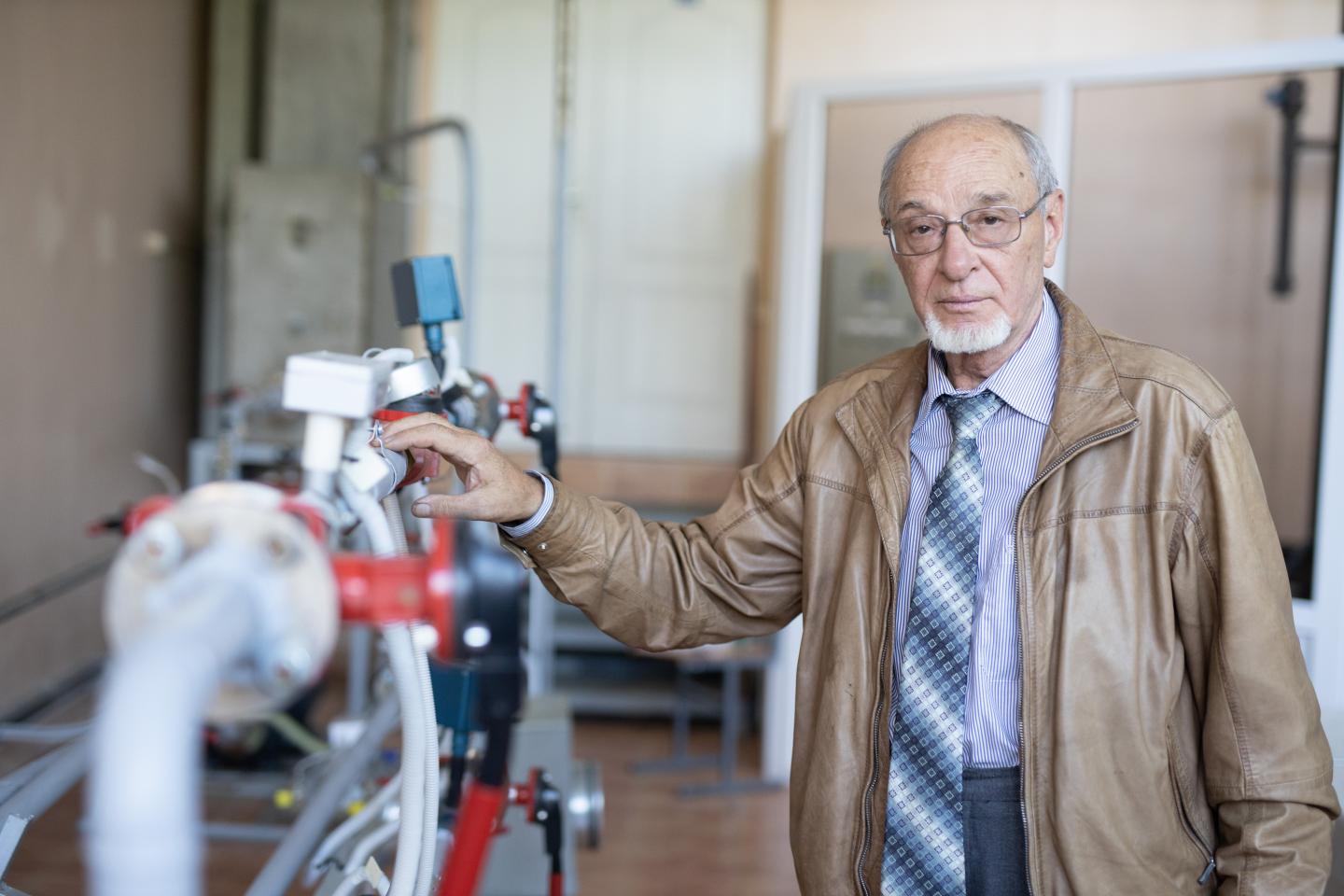
Scientists Offered Using Methanol in Power Generation for Electric Cars
Professors at Ural Federal University (UrFU, Russia) Sergey Shcheklein and Aleksey Dubinin have developed a technology for generating energy for an electric car engine using methanol. An article describing the technology was published in the International Journal of Hydrogen Energy.

Capturing Electrons in Space
Interstellar clouds are the birthplaces of new stars, but they also play an important role in the origins of life in the Universe through regions of dust and gas in which chemical compounds form.
Main Attraction: Scientists Create World’s Thinnest Magnet
Scientists at Berkeley Lab and UC Berkeley have created an ultrathin magnet that operates at room temperature. The ultrathin magnet could lead to new applications in computing and electronics – such as spintronic memory devices – and new tools for the study of quantum physics.
Students at institutions across the U.S. learn about plasma and fusion research in new program managed by PPPL
This new program will allow undergraduates to conduct research in a wide range of plasma physics topics, including fusion energy, general plasma science, astrophysical plasmas, and accelerator physics.
Harnessing AI To Search for New Materials With Exotic Properties
With the support of a prestigious $542,813 National Science Foundation Faculty Early Career Development (CAREER) grant, physicist Trevor David Rhone is turning to artificial intelligence to help determine which combination of elements might form new materials with interesting properties for advancing both scientific understanding and technological applications, such as data storage, spintronics, and quantum computing.
Heisenberg Under the Microscope
The quantum movements of a small glass sphere could be controlled for the first time in Vienna by combining microscopy with control engineering, setting the course for future quantum technologies.A football is not a quantum particle. There are crucial differences between the things we know from everyday life and tiny quantum objects.
CUR Physics and Astronomy Division Announces 2021 Outstanding Research Mentor Awardee
The Physics and Astronomy Division of the Council on Undergraduate Research announces the 2021 recipient of its Outstanding Research Mentor award: Thomas Pannuti (Morehead State University).
Scientists propose source of unexplained solar jets
Nothing seems more familiar than the sun in the sky. But mysterious swirls, jets, and flashes of powerful light that scientists cannot explain occur in the sun’s outer atmosphere all the time. Now, researchers at PPPL have gained insight into these puzzling phenomena.
People of Argonne’s history: A look at leaders who made Argonne what it is today
Since its founding, Argonne has employed and partnered with innovators whose contributions have dramatically pushed the frontiers of our understanding and improved the world.
FAU Teams Up with Technion – Israel Institute of Technology on NSF Grant
FAU has received a $309,527 grant from the National Science Foundation to spearhead the project that will involve experimental work carried out at Technion, and numerical simulations and machine learning tasks conducted at FAU.
Argonne announces 2022 Maria Goeppert Mayer Fellows, honoring the legacy of the physics Nobel Laureate
Argonne’s Maria Goeppert Mayer is one of only four women to win the Nobel Prize in physics. Today, on her 115th birthday, Argonne announces the award of its 2022 Maria Goeppert Mayer Fellowship to four outstanding early-career doctoral scientists.
Life in these star-systems could have spotted Earth
Scientists at Cornell University and the American Museum of Natural History have identified 2,034 nearby star-systems – within the small cosmic distance of 326 light-years – from which life could find Earth merely by watching our pale blue dot cross our sun.
Tree Pollen Carries SARS-CoV-2 Particles Farther, Facilitates Virus Spread
A study on the role of microscopic particles in virus transmission suggests pollen is nothing to sneeze at. In Physics of Fluids, researchers investigate how pollen facilitates the spread of an RNA virus like the COVID-19 virus. The study draws on cutting-edge computational approaches for analyzing fluid dynamics to mimic the pollen movement from a willow tree, a prototypical pollen emitter. Airborne pollen grains contribute to the spread of airborne viruses, especially in crowded environments.
Blavatnik Family Foundation, New York Academy of Sciences Name 31 Finalists for 2021 Blavatnik National Awards for Young Scientists
The 2021 Blavatnik National Awards today named 31 finalists for the world’s largest unrestricted prize honoring early-career scientists. The finalists were culled from 298 nominations by 157 U.S. research institutions across 38 states. They have made trailblazing discoveries in wide-ranging fields, from the neuroscience of addiction to the development of gene-editing technologies, from designing next-generation battery storage to understanding the origins of photosynthesis, from making improvements in computer vision to pioneering new frontiers in polymer chemistry.
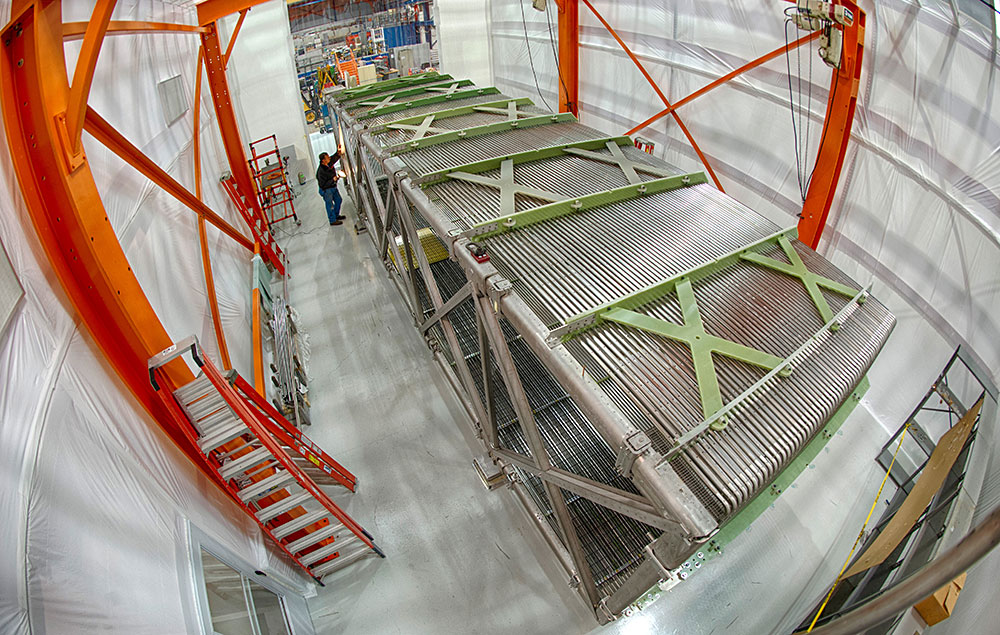
Physicists Achieve Significant Improvement in Spotting Accelerator-produced Neutrinos in a Cosmic Haystack
Scientists demonstrate how ground-breaking image reconstruction and analysis algorithms filter out cosmic ray tracks in the MicroBooNE neutrino detector to pinpoint elusive neutrino interactions with unprecedented clarity.
A quantum step to a heat switch with no moving parts
Researchers have discovered a new electronic property at the frontier between the thermal and quantum sciences in a specially engineered metal alloy – and in the process identified a promising material for future devices that could turn heat on and off with the application of a magnetic “switch.”
DOE names six Argonne scientists to receive Early Career Research Program awards
Six Argonne scientists receive Department of Energy’s Early Career Research Program Awards.
Researchers Find Semimetal That Clings to a Quantum Precipice
In an open access paper published in Science Advances, Johns Hopkins physicists and colleagues at Rice University, the Vienna University of Technology (TU Wien), and the National Institute of Standards and Technology (NIST), present experimental evidence of naturally occurring quantum criticality in a material.
Physics, Engineering Undergrads Receive LLNL-AIP Leadership Scholarships
The Society of Physics Students has awarded leadership scholarships to Elyzabeth Graham, Emma Moreland, and Natalie Douglass, three undergraduate members who are currently studying physics and engineering and will each receive a $2,000 scholarship. The scholarships are made possible by a gift from the Lawrence Livermore National Laboratory for AIP-SPS members. The purpose of the LLNL-AIP leadership scholarship is to encourage the study of physics and the pursuit of higher education with a preference for those who are traditionally underrepresented in physics and astronomy, including women.
The torch is passed: Perimeter Institute names a new Board Chair
Twenty years after launching the Perimeter Institute for Theoretical Physics, founder Mike Lazaridis is confident the future looks brilliant under the guidance of his successor as Board Chair, Canadian entrepreneur Mike Serbinis.
Physicists Crack the Code to Signature Superconductor Kink Using Supercomputing
A team performed simulations on the Summit supercomputer and found that electrons in cuprates interact with phonons much more strongly than was previously thought, leading to experimentally observed “kinks” in the relationship between an electron’s energy and the momentum it carries.
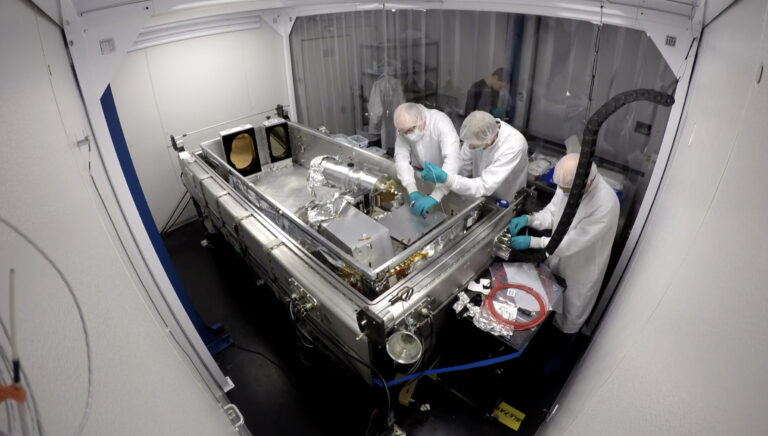
UCI-led team challenges existence of recently proposed exoplanet at Barnard’s star
In 2018, astronomers announced that they had discovered an exoplanet orbiting Barnard’s star, our solar system’s second-closest stellar neighbor, but further analysis by an international group of researchers headed by a graduate student at the University of California, Irvine has cast doubt on the finding.
Discovery of new material could someday aid in nuclear nonproliferation
A newly discovered quasicrystal that was created by the first nuclear explosion at Trinity Site, N.M., on July 16, 1945, could someday help scientists better understand illicit nuclear explosions and curb nuclear proliferation.
Save-the-Date: Acoustics in Focus, June 8-10, Offers New Presentation Options
The Acoustical Society of America will hold its 180th meeting June 8-10. To ensure the safety of attendees, volunteers, and ASA staff, the June meeting, “Acoustics in Focus,” will be hosted entirely online with new features to ensure an exciting experience for attendees. Reporters are invited to attend the meeting at no cost and participate in a series of virtual press conferences featuring a selection of newsworthy research.
Staring into space: Physicists predict neutron stars may be bigger than previously imagined
That neutron star is the densest celestial body that astronomers can observe, with a mass about 1.4 times the size of the sun. However, there is still little known about these impressive objects. Now, a Florida State University researcher has published a piece in Physical Review Letters arguing that new measurements related to the neutron skin of a lead nucleus may require scientists to rethink theories regarding the overall size of neutron stars. In short, neutron stars may be larger than scientists previously predicted.
Trust Science Pledge Highlights 2021 International Day of Light Celebration
The annual International Day of Light celebrates light and the role it plays in science, culture, art, education, and many other diverse fields. This year, the day, Sunday, May 16, takes on a special role as organizers invite everyone to #TrustScience. The steering committee of the International Day of Light decided to emphasize the importance of evidence-based solutions in science by asking supporters to sign the Trust Science Pledge.
Wayne State graduate student selected for DOE’s Office of Science Graduate Student Research Program
A Wayne State University graduate student was one of 78 recipients of the Department of Energy’s Office of Science Graduate Student Research program’s 2020 Solicitation 2 cycle for his project, “Experimental Research in High Energy Physics.”
Morphogenesis: Geometry, Physics, and Biology – L. Mahadevan webcast
On Wednesday, May 5 at 7 pm ET, Perimeter Institute presents a special public talk by Harvard University’s L. Mahadevan, who will explain how the intersections of physics, biology, and mathematics are unveiling the amazing complexity of life.
Uncovering secrets of the sun
WVU physicists are uncovering secrets of the sun’s turbulent surface in the lab. A new study featured on the cover of the March 2021 issue of Physics of Plasmas is the first published research from the PHASMA experiment in the Center for Kinetic Experiment, Theory and Integrated Computation Physics.
Tulane part of Navy/Army-funded research on improving communication
Tulane scientists are part of a team of Louisiana researchers looking at how smart quantum technology can improve communications systems used in the military.
AIP, Member Societies Seek Presidential, Congressional Action on Key Scientific Issues
AIP and six scientific societies are calling on the new White House and 117th Congress to support research and education in the physical sciences to address critical issues facing our society. In the week of hearings on President Joe Biden’s nominee to lead the White House OSTP, a letter sent to the president and congressional leaders highlights calls for action on these foundational issues and outlines several cornerstone policy issues that need attention, funding, and support.
Detecting, Exploiting Non-Line-of-Sight Paths for Terahertz Signals in Wireless Communications
After developing a link discovery method in 2020 using terahertz radiation, Rice and Brown researchers addressed what would happen if a wall or other reflector creates a non-line-of-sight path from the base station to the receiver. In APL Photonics, they consider two different generic types of transmitters and explore how their characteristics can be used to determine whether an NLOS path contributes to the signal received by the receiver.
2021 Posters on the Hill Spotlights Exemplary Undergraduate Research Projects for Policymakers, Scholars, and the Public
Via a virtual public poster session on April 28, undergraduate researchers from colleges and universities in 42 states and the District of Columbia will share their research projects in the 2021 Posters on the Hill event, sponsored by the Council on Undergraduate Research.
Rutgers Expert Available to Discuss Supernova Discovery
New Brunswick, N.J. (April 21, 2021) – Rutgers University–New Brunswick astrophysicist John P. (Jack) Hughes is available for interviews on a supernova (exploding star) discovery published today in the journal Nature. The discovery, made with NASA’s Chandra X-ray Observatory, features…
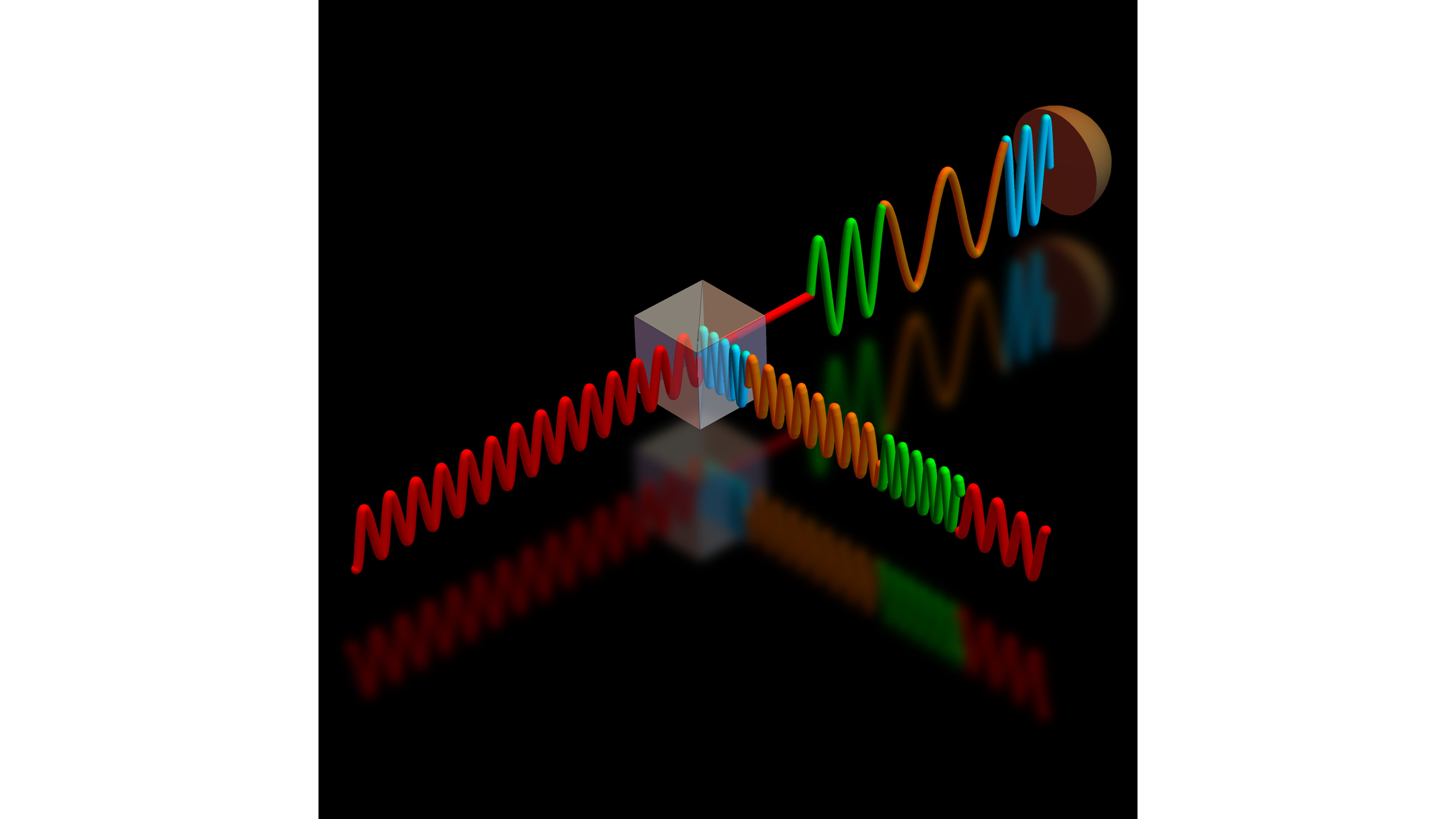
Boosting Fiber Optics Communications with Advanced Quantum-Enhanced Receiver
Fiber optic technology is the holy grail of high-speed, long-distance telecommunications. Still, with the continuing exponential growth of internet traffic, researchers are warning of a capacity crunch. In AVS Quantum Science, researchers show how quantum-enhanced receivers could play a critical role in addressing this challenge. The scientists developed a method to enhance receivers based on quantum physics properties to dramatically increase network performance while significantly reducing the error bit rate and energy consumption.
CUR Physics and Astronomy Division Announces 2021 Barlow Awardees
The Physics and Astronomy Division of the Council on Undergraduate Research announces the 2021 recipients of the Nadine Barlow Undergraduate Research Support Awards. The awards seek to assist undergraduate students in conducting faculty-mentored research.
NASA awards $2 million for Wichita State professor to study the sun
Wichita State University’s Dr. Nick Solomey, professor of physics, has been awarded a $2 million grant from NASA for his work on developing a neutrino detector to work in space and close to the sun.
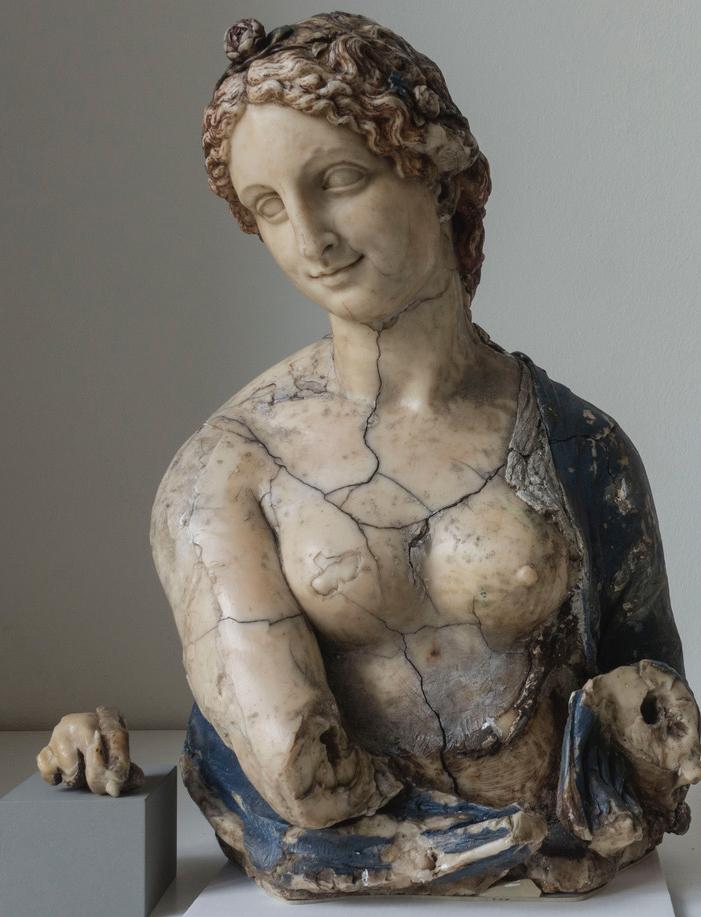
Leonardo da Vinci definitely did not sculpt the Flora bust
“It is machination, it is deception,” said the Director General of the Berlin Royal Museums in his defence when criticized for buying a fake.
Little swirling mysteries: New research uncovers dynamics of ultrasmall, ultrafast groups of atoms
Exploring and manipulating the behavior of polar vortices in material may lead to new technology for faster data transfer and storage. Researchers used the Advanced Photon Source at Argonne and the Linac Coherent Light Source at SLAC to learn more.
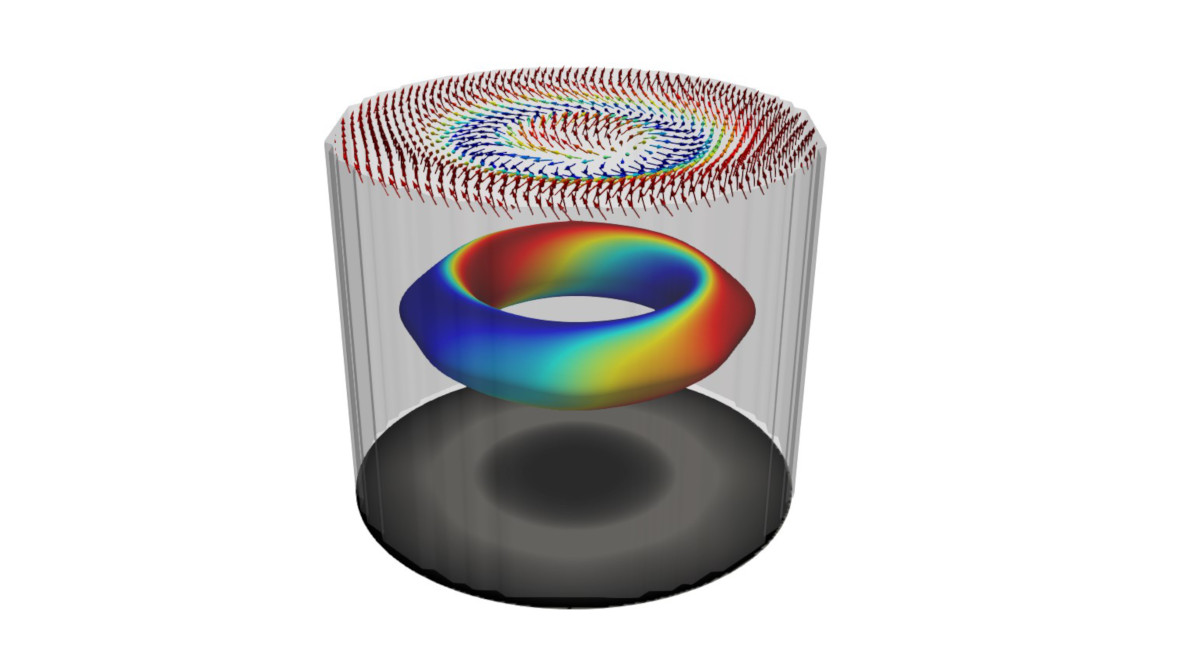
The Spintronics Technology Revolution Could Be Just a Hopfion Away
A research team co-led by Berkeley Lab has created and observed quasiparticles called 3D hopfions at the nanoscale (billionths of a meter) in a magnetic system. The discovery could advance high-density, high-speed, low-power, yet ultrastable magnetic memory “spintronics” devices.
Mapping the Universe with eBOSS: Will Percival live webcast
Watch the live webcast on this page on Wednesday, April 7 at 7 pm ET.
Cannabis use disorder linked to increased complications after spinal surgery
Dragonfly wings, lotus leaves, cicada wings — thanks to millennia of evolution, nature has optimized the ways these surfaces and others behave to offer antibacterial functionality. An international, interdisciplinary team of researchers is trying to find the best way to translate these features to create nature-inspired bactericidal surfaces for use in medical implants. They discuss the surface structures and chemical compositions for an ideal implant material in the journal Applied Physics Reviews.
Pandemic is pushing women in STEM ‘past the point of no return’
Cryocoolers are ultracold refrigeration units used in surgery and drug development, semiconductor fabrication, and spacecraft. The regenerative heat exchanger, or regenerator, is a core component of cryocoolers. At temperatures below 10 kelvins, performance drops precipitously, with maximum regenerator loss of more than 50%. In Applied Physics Letters, researchers used superactivated carbon particles as an alternative regenerator material to increase cooling capability at temperatures as low as 4 kelvins.
Department of Energy to Provide $5 Million to Advance Workforce Development for High Energy Physics Instrumentation
Today, the U.S. Department of Energy (DOE) announced plans to provide $5 million to support a DOE traineeship program to address workforce needs in high energy physics instrumentation.